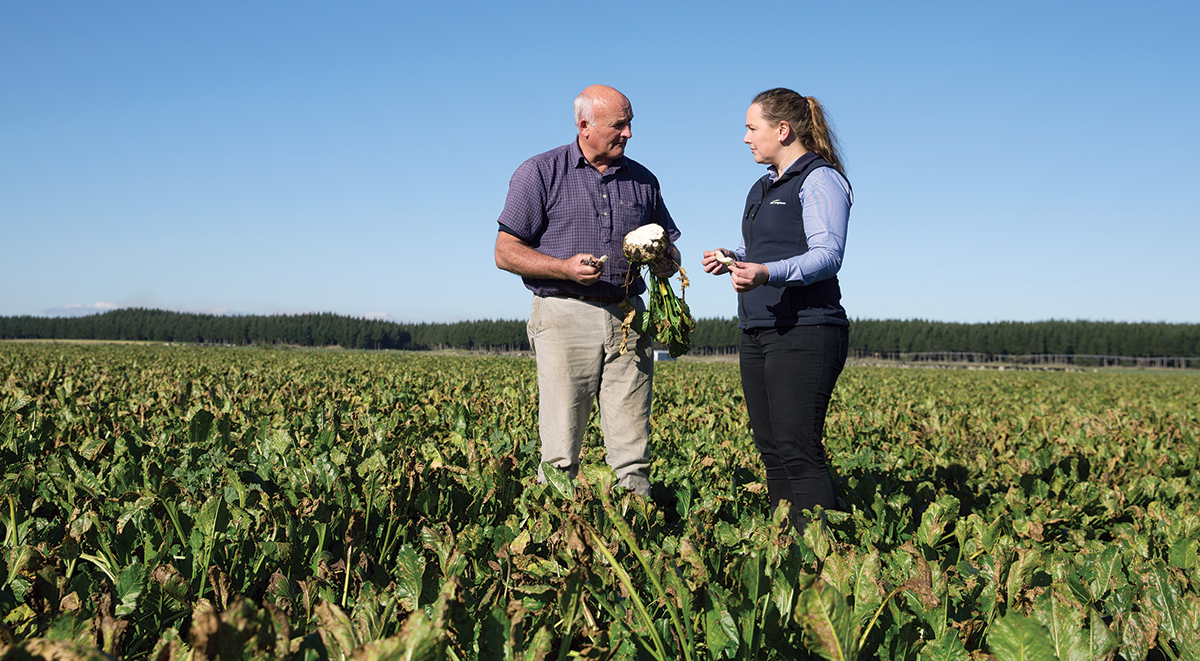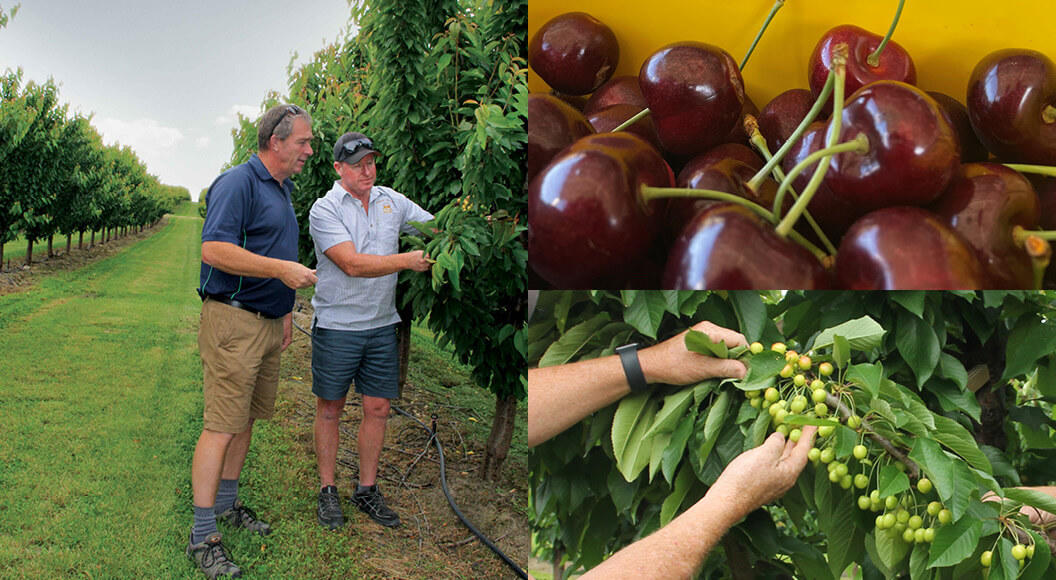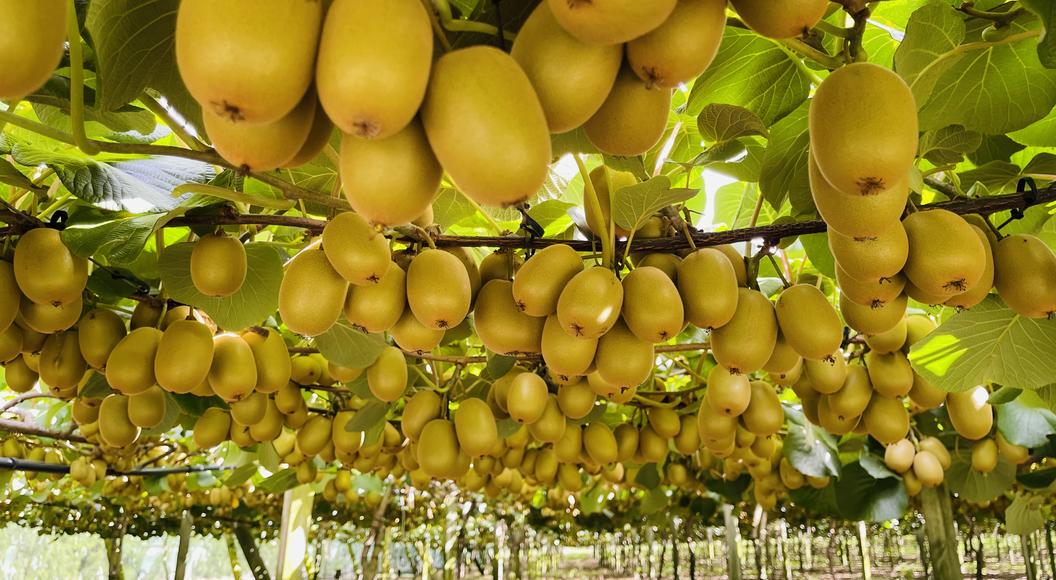
Waitatapia Station produces high-yield production crops
Ever wondered how our Technical Team can add value to your farming operation? We profile how PGG Wrightson Technical Specialist (Soil Science) Stephanie Sloan, works alongside locally-based PGG Wrightson Technical Field Representatives (TFR) to provide support to Waitatapia Station.
Waitatapia Station in the Rangitikei District near Palmerston North is a fifth generation farm with four separate blocks totalling an area of 2,500 hectares. The Station was originally bought by the Dalrymple family in 1883. Currently run by brothers Roger and Hew, it is an arable and drystock farming operation; Hew runs the forestry and arable side and Roger manages the stock operation. Their children, the fifth generation, are now working alongside them on the Station.
The Station has annual finishing numbers of 35,000 lambs and 4,000 steers along with 9,000 pre-isolation heifers, so it is important that their production crops perform at a high level.
For the last two years PGG Wrightson Technical Specialist (Soil Science) Stephanie Sloan has been working alongside Roger at Waitatapia Station with his crop management and agronomy programme.
Roger Dalrymple said, “We work with Stephanie throughout the year, from the planning through to the harvesting stage. We harvest in May and review soon afterwards for the year ahead, then sow in late October. Then once the seed is in the ground, Stephanie’s technical advice, including a tailored agronomy (spray and fertiliser management) programme, is implemented by our team."
Stephanie Sloan said, “Roger sows in free draining sandy soil, so developing a customised agronomy programme to meet the specific needs of this soil type is essential to ensure they achieve maximum crop yields at harvest time. We have also implemented a soil and herbage testing programme that has been put in place over the past few years for their production crops."
Roger adds, Fodder beet grows well here. We make decisions based on yield and it is cheaper to produce dry matter with forage crops than it is winter grazed pasture.
“By working with Stephanie and reviewing and then adjusting our crop choice and agronomy programme every year, we have made yield increases and increased bulb weight year-on-year. We produce a silage mix which we feed to our feedlot cattle from May through to October.
“Not only has our yield increased year-on-year but the numbers stack up too. We have produced up to 32 tonne/ha DM (bulb only) this year with about 15 percent tops. The experts say that production crops, like fodder beet, should cost $2,500 to $3,000 per hectare. This year it cost us $2,600 per hectare – so we are pretty happy with that result. We harvested about 80 hectares in fodder beet and are looking to increase that area next year.
“We have a big finishing operation here and because we are buying in weaners at a high price currently we need to have an efficient feed production programme so we still make a few dollars at the other end when they get to R2s,” Roger said.
Stephanie concludes, “Waitatapia Station is a highly diverse operation across their four blocks, so there is always the opportunity to try something new, whether it be an upcoming forage variety or an agronomy option. The knowledge gained from these initiatives contributes to both research and development from a PGG Wrightson perspective, and gives us the opportunity to share this with our customers throughout New Zealand.”
Pictured: PGG Wrightson’s Technical Specialist (Soil Science) Stephanie Sloan inspects a paddock of fodder beet with Roger Dalrymple in late June 2017 prior to harvesting for silage.


